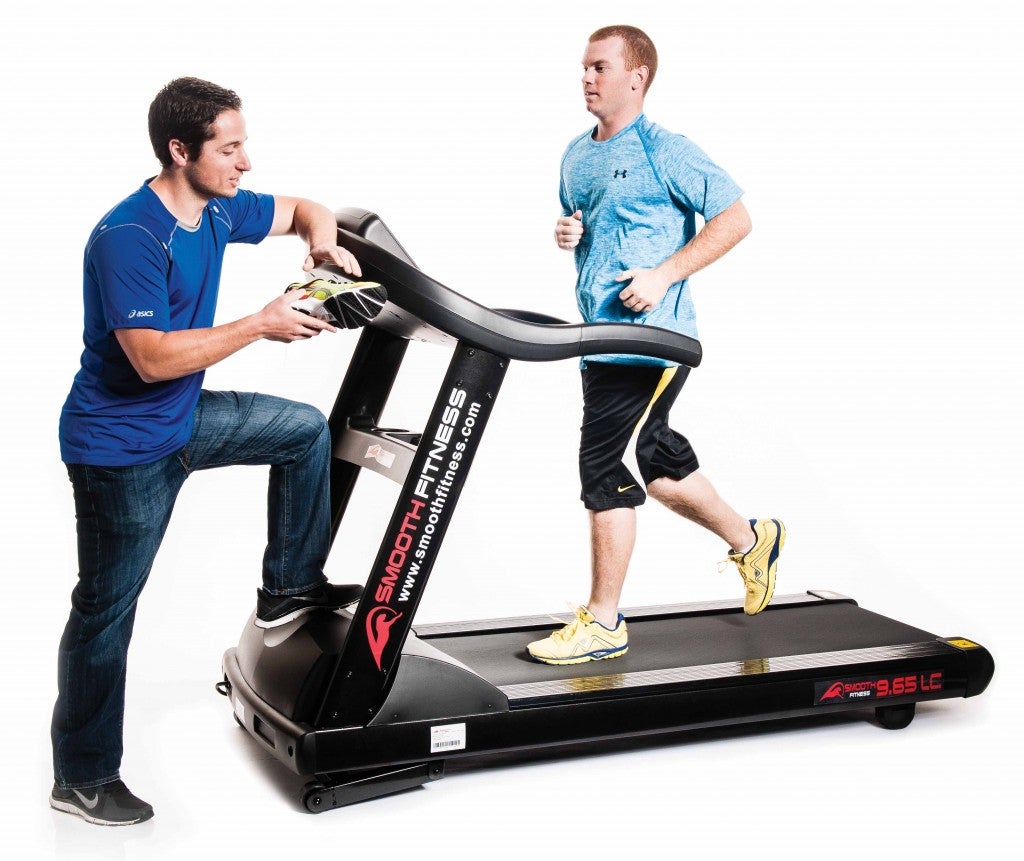How To Find The Perfect Running Shoe

Photo: John David Becker
Your strategy for finding the perfect running shoe.
One of the barefoot movement’s greatest gifts to the sport of running is that it prompted us to reassess some long-held beliefs about shoe fit. For decades we’ve relied on a process that is preoccupied with arch height and pronation/supination to select shoes. It turns out that while this method isn’t completely off-base, it also isn’t entirely evidence-based.
One study published in the British Journal of Sports Medicine in 2010 looked at the three main categories of running footwear—neutral, stability and motion control—and found that prescribing shoes based on foot type was an oversimplification. A 2013 study in the same publication showed that runners who were categorized as pronators were not any more likely to get injured when they wore a neutral shoe than a stability shoe. Since those who over-pronate are generally steered away from neutral shoes, this was the opposite of what they expected to find.
“This research is confirming what most in the shoe industry and running industry have known for years,” says Johanna Bjorken, merchandise director for JackRabbit Sports in New York City. “Arch profile is not a good predictor of who will get injured. The wet foot test or arch profile assessments remain popular because they are easy, not because they are right.”
The best running shoe stores will monitor runners in motion to make recommendations.
“Static assessments are only a small part of an exam and dynamic, especially sport-specific movements, are very important,” says Dr. Paul Langer, a Minneapolis-based podiatrist and president of the American Academy of Podiatric Sports Medicine. Things like impact forces, contact time and stride length should all be considered. Still, he says, “Even if a doctor and retailer agree that a runner is pronating significantly, because gait patterns are unique, runners will not respond in systematic ways to footwear changes.”
RELATED – 2014 Triathlete Buyer’s Guide: Running Shoes
Comfort Trumps All
While Bjorken uses stop-motion video to look at a runner’s foot at mid-stance to determine efficiency of movement, she says that it’s always important to compare shoes so the customer can get a feel for each model. “It’s never a rote prescription,” she says. “They have to fit well, they have to be the right type of shoe for the particular activity, and they need to be comfortable enough that the runner wants to wear them.”
Corroborating this approach is a study by prominent biomechanics expert Benno Nigg and colleagues, which showed a link between shoe comfort and running economy. After treadmill tests with five different pairs of shoes, they found that runners increased their running economy in shoes they deemed “most comfortable” versus those they felt were “least comfortable.”
“There has been some interesting research on comfort that shows it is a way our body gives feedback on whether a shoe is working with our natural movement pattern or against it,” Langer says. “But because comfort is so subjective, people’s response to footwear comfort is unique and not always predictable.” While there is still no firm conclusion on how to best prescribe running shoes, Langer adds, “the research on comfort probably gives us the best pathway for now.”
Bjorken emphasizes that some of the traditional approaches to shoe prescription remain valid. “I still do believe that there are categories of people who are vulnerable to injury for whom shoes can help,” she says.
Langer points out that 60–80 percent of running injuries are due to training errors, not footwear. “I usually tell my patients that in terms of running injuries, shoes are like quarterbacks: They get too much credit when things are good and too much blame when things are bad.”
RELATED: Navigating The Running Shoe Maze
Zeroing In On the Right Shoe
– Think about the type of running you’ll be doing. When you’re focusing on speedwork versus long, slow runs, you’ll need to adjust the type of shoe you wear.
– Assess your foot shape. Regardless of your arch height or the movement of your foot, if you have a shoe that is too narrow or wide, you’ll encounter issues.
– Run in them. Walking around a carpeted store is going to feel much different than jogging on pavement, so it’s important to test them in a real-world situation.
– Try on at least three to five appropriate models. From there, choose the one that is most comfortable.